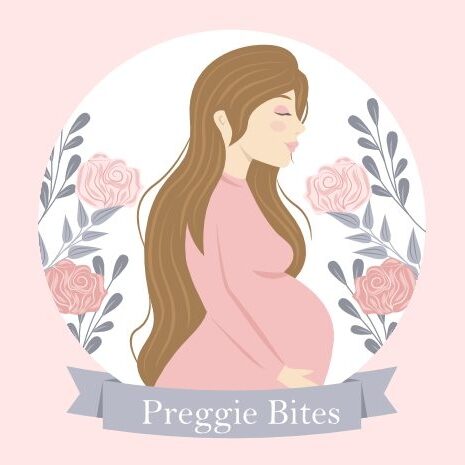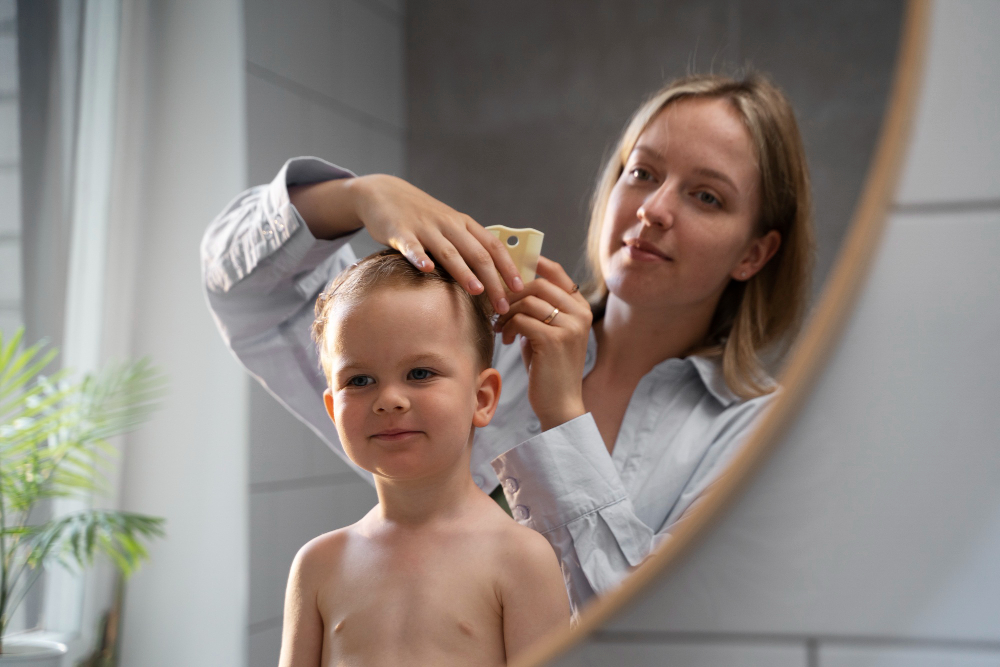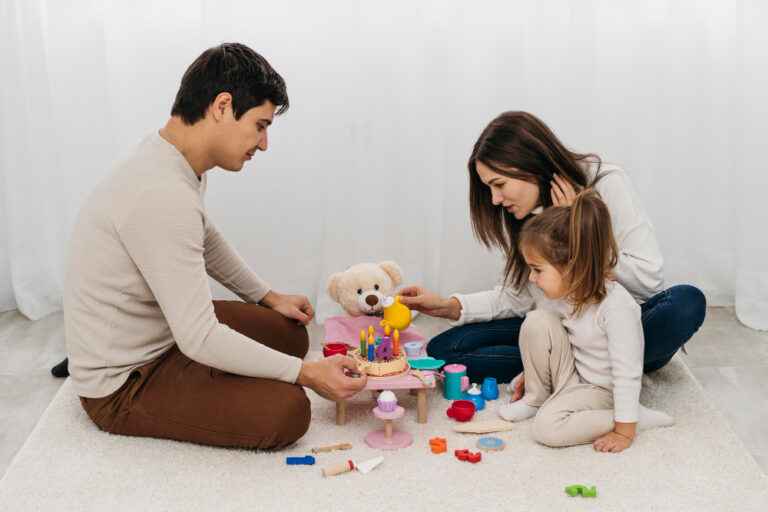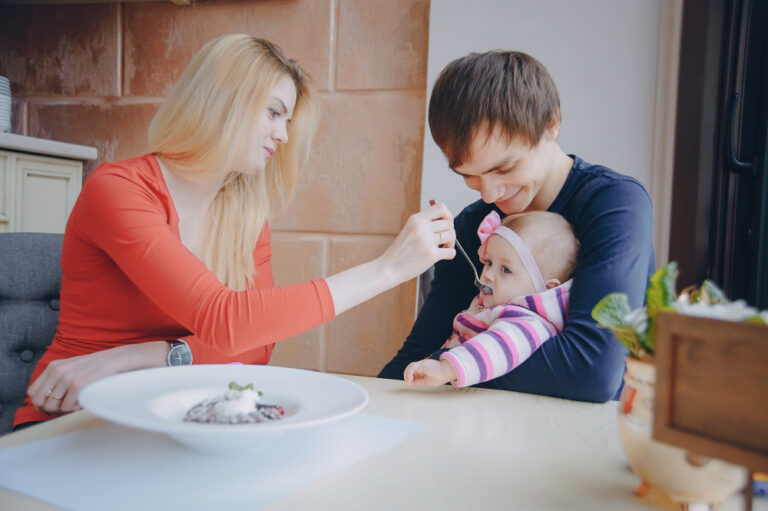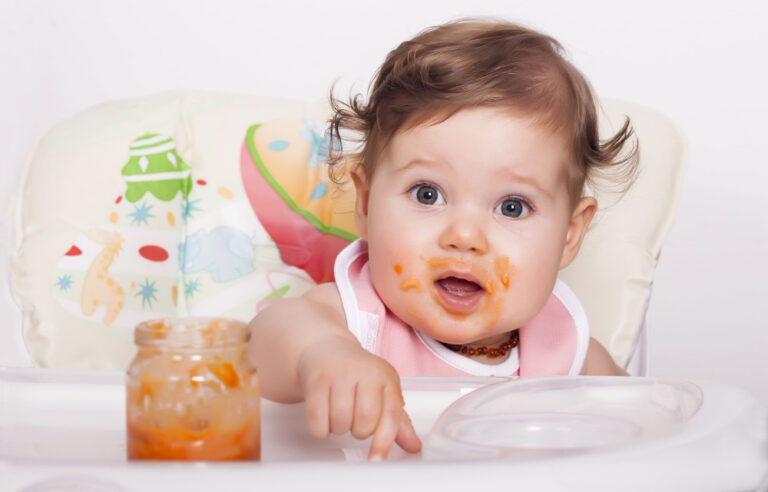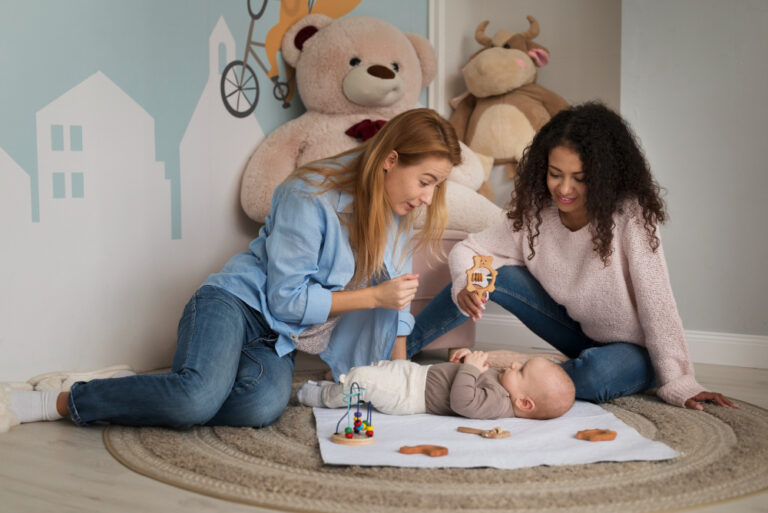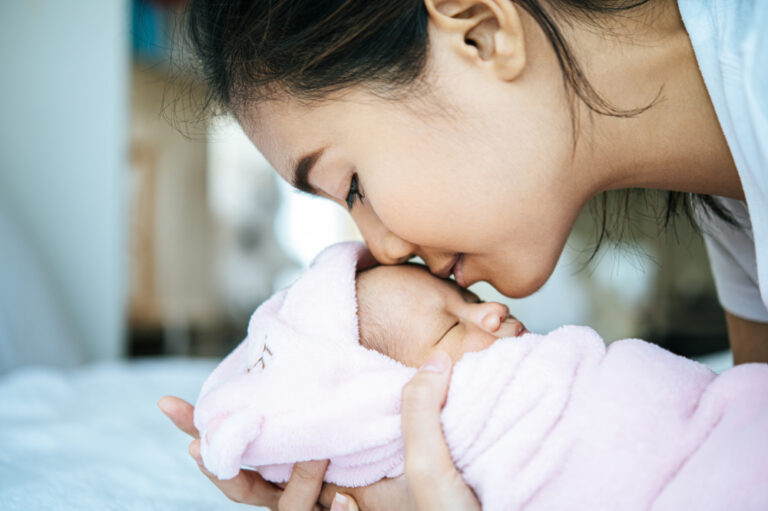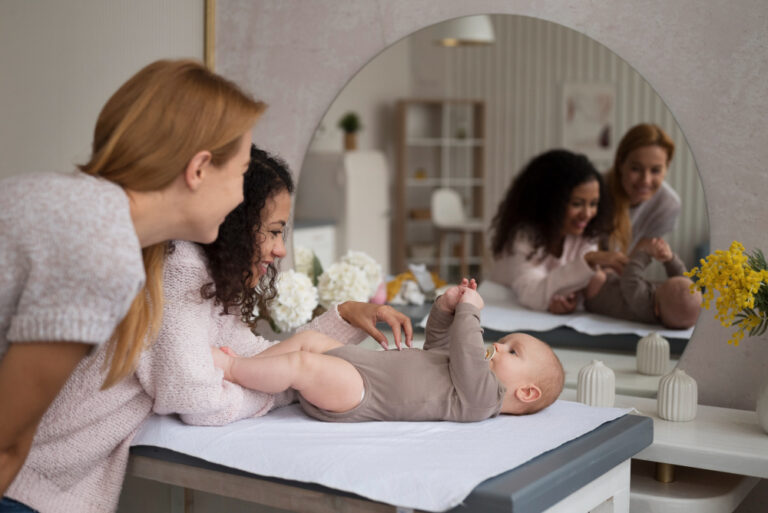10 Gentle Hair Care Tips Every Baby Deserves
Soft, delicate baby hair needs extra love and attention. A newborn’s scalp is sensitive, and the right hair care routine can help keep it clean, healthy, and free from irritation. Parents often wonder how to manage their baby’s fine strands without causing discomfort or dryness.
From washing techniques to natural oils, small habits make a big difference. Every step from selecting a baby-safe shampoo to gently brushing plays a role in keeping those tiny tresses tangle-free and nourished.
Daily routines should feel soothing and safe, not overwhelming. Whether your baby has a head full of curls or just a few wisps, these tried-and-true tips offer comfort and care from root to tip.
This guide breaks down baby hair care into simple, loving steps you can follow with confidence. Discover the essentials for soft, shiny strands and a happy, healthy scalp because your baby deserves nothing but the best.
10 Baby Hair Care Tips
Baby hair is soft and delicate. It needs gentle care. Many parents feel unsure about what to do. Some babies have a full head of hair.
Others have just a few strands. No matter the case, good habits help your baby’s hair grow healthy and strong. These simple tips make baby hair care easy and stress-free.
1. Use a Gentle Baby Shampoo
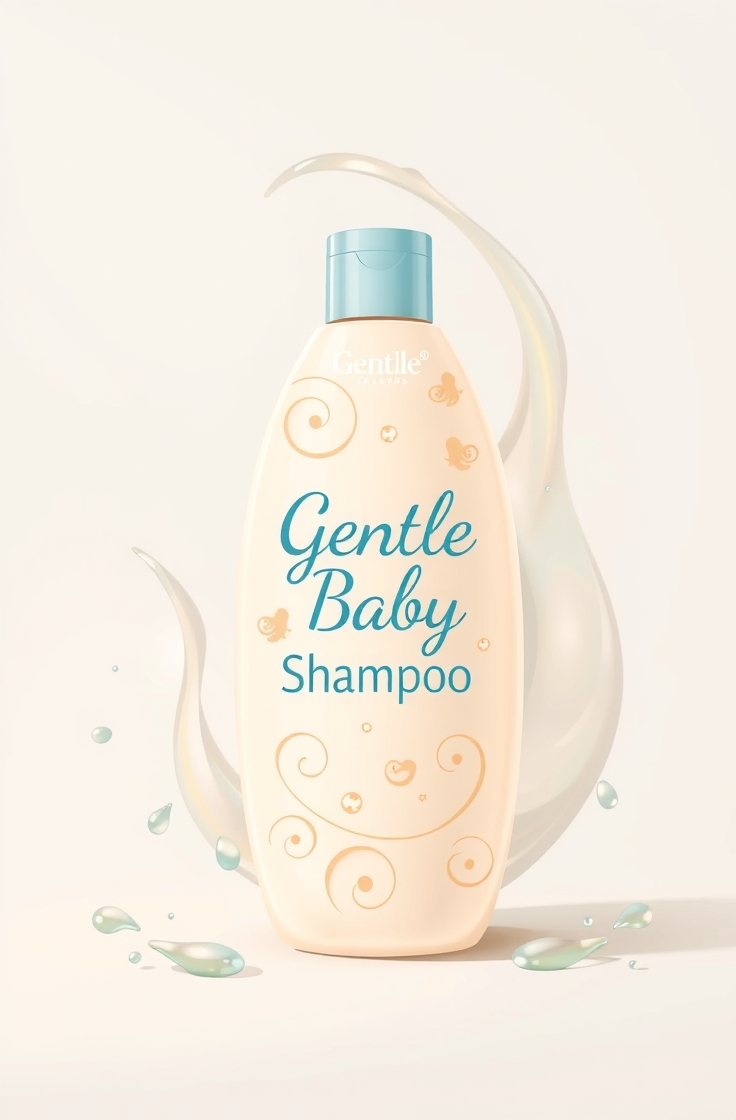
A baby’s scalp is more sensitive than an adult’s. A harsh shampoo can cause dryness or irritation. Pick a shampoo made just for babies. These are tear-free and soft on the skin.
Wash your baby’s hair two or three times a week. Not every day. Washing too often can remove natural oils. These oils keep the scalp healthy. Always use lukewarm water. It keeps the baby comfortable and helps the shampoo rinse easily.
2. Comb Gently After Washing
Wet hair is easy to tangle. After washing, pat the hair dry with a soft towel. Don’t rub. Rubbing causes breakage. Use a wide-tooth baby comb or a soft baby brush.
Start from the ends and move upward. Hold the hair with one hand while combing with the other. This protects the roots and avoids pulling. Gentle combing also improves blood flow in the scalp. That helps hair grow better.
3. Don’t Overuse Hair Products
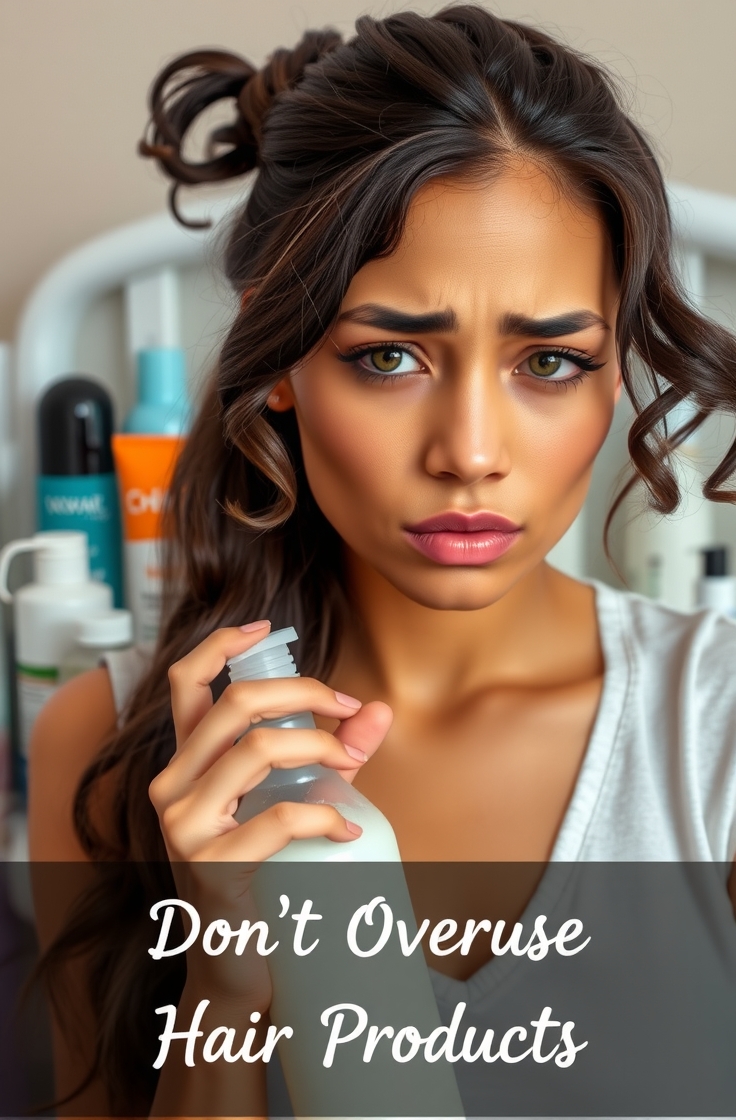
Babies don’t need oils, gels, or creams daily. Most of these can clog pores or cause build-up. A clean scalp is better than a heavily oiled one. Use a light baby hair oil once a week if the hair feels dry.
Coconut oil or almond oil works well. Always do a patch test on a small area before full use. Some babies react to new oils. Massage the oil gently. Then wash it off with mild shampoo after a few hours.
4. Protect Hair During Sleep
Babies move a lot during sleep. Their heads rub against pillows and sheets. This can lead to hair fall or bald spots. Use a soft cotton bedsheet. Avoid rough fabrics.
Place a folded cotton cloth under the baby’s head while sleeping. It reduces friction. Keep the scalp clean and dry. Sweat and heat can also cause problems. Choose light, breathable fabric for the baby’s pillow or bed area.
5. Avoid Tight Hairstyles
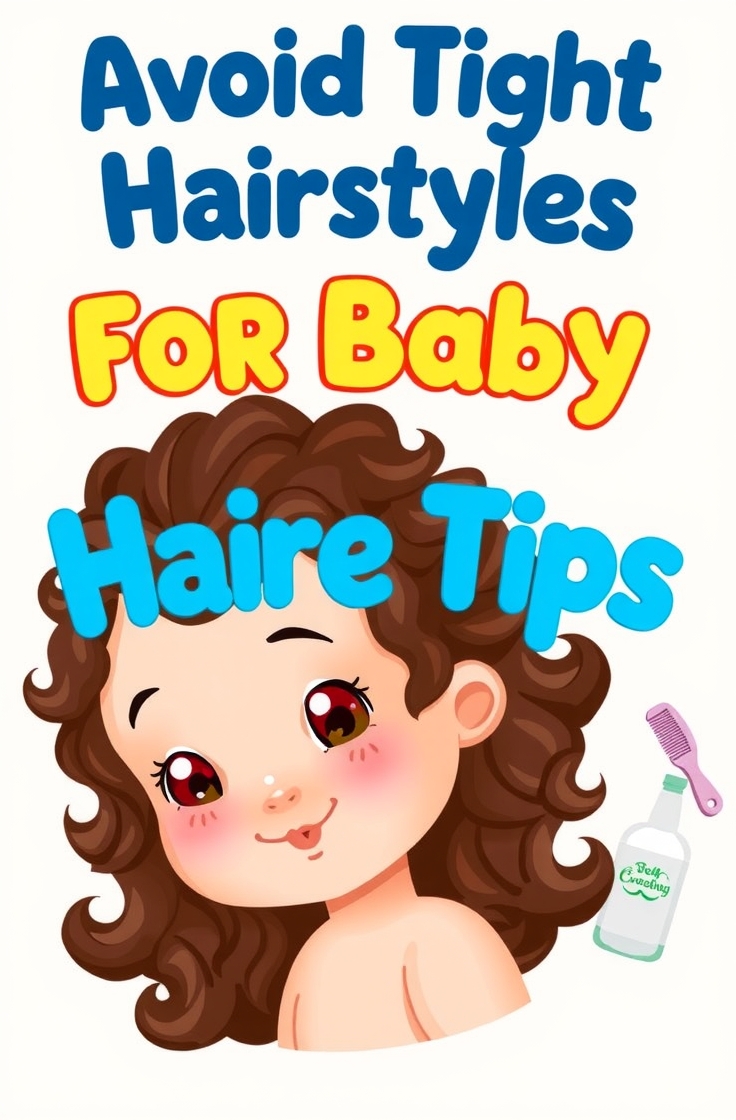
Many parents love tying baby hair in cute styles. But tight ponytails or braids pull on the scalp. This weakens the hair roots. Hair may fall out or break.
Let the baby’s hair stay open or loose. If you tie it, make it loose and soft. Use soft, fabric-covered bands. Never use rubber bands. They get stuck and pull hair. Always remove hair ties before the baby sleeps.
6. Feed for Hair Growth
Hair health starts from inside. Good food helps hair grow thick and strong. Breast milk or formula gives all the nutrients a baby needs. As the baby starts solids, give iron-rich and protein-rich foods.
These include mashed lentils, eggs (after 6 months), bananas, and soft cooked vegetables. Water also helps. A well-hydrated baby has better skin and hair. Ask your doctor how much water is safe for your baby’s age.
7. Keep the Scalp Clean

Dirt and sweat collect easily on a baby’s scalp. This can block hair follicles. It can also lead to rashes or dandruff. Use a damp soft cloth to clean the scalp during baths.
Do this even on days you don’t shampoo. Dry the area well after cleaning. In hot weather, wash the scalp gently with plain water. No need for shampoo every time.
8. Be Careful With Hats and Headbands
Hats, caps, or tight headbands may look cute. But they also trap sweat and heat. This creates the perfect place for bacteria or fungus. It can lead to itching or hair fall.
Use hats only when needed. Like during sun exposure or cold weather. Choose loose-fitting hats made of cotton. Avoid synthetic or plastic-based material. Remove the hat often and let the scalp breathe.
9. Watch for Cradle Cap
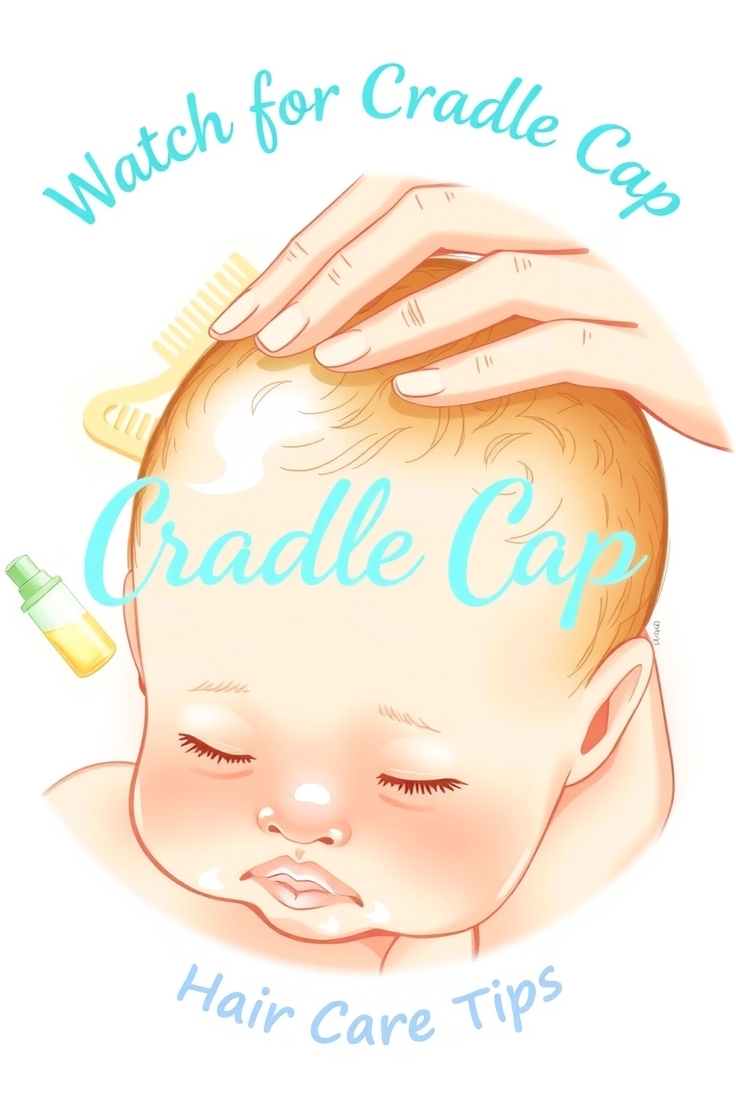
Cradle cap is a common scalp condition in babies. It looks like yellow or white flakes. Sometimes, it feels greasy. Don’t worry it’s not serious. It usually goes away in a few weeks or months. Use a baby brush to gently remove the flakes.
Apply a small amount of oil to soften the area. Leave it for 15 minutes. Then wash with mild shampoo. Don’t pick or scratch the scalp. That may cause infection. If it spreads or gets red, talk to your baby’s doctor.
10. Let Hair Grow Naturally
Every baby is different. Some babies have thick curls. Others have straight, fine hair. Some may lose all their hair and then grow new ones later. That’s normal.
Avoid cutting baby hair too early to “make it grow faster.” It doesn’t affect hair growth. Let nature take its course. No need for hair growth tonics or fancy treatments. Patience and gentle care work best.
FAQs
How often should I wash my baby’s hair?
Two or three times a week is enough. Daily washing can dry the scalp.
What shampoo is safe for babies?
Use tear-free shampoos made for babies. They are mild and free from strong chemicals.
Can I use coconut oil on my baby’s hair?
Yes, but use only a few drops. Do a patch test first to check for any reaction.
Why is my baby’s hair falling out?
It is common for babies to lose hair. Hormones change after birth. Hair usually grows back on its own.
Is it okay to cut baby hair at home?
Yes, but use safe baby scissors. Wait until the baby can sit still or get help from another adult.
Do hats cause bald spots?
Tight hats or rough fabric can rub against the scalp. This may cause hair loss in that area.
How do I treat cradle cap safely?
Apply oil, leave for 15 minutes, and wash with baby shampoo. Use a soft brush to remove flakes gently.
Can food affect baby hair growth?
Yes. Good nutrition supports healthy hair. Breast milk or formula is enough in the early months.
Should I tie my baby’s hair?
Keep styles loose and soft. Avoid tight bands or braids.
Is hair texture at birth permanent?
Not always. Baby hair often changes in color, texture, or thickness over time.
Conclusion
Caring for baby hair doesn’t need to be hard. A few simple steps make a big difference. Wash with gentle shampoo. Comb with care. Avoid too many products. Feed your baby well. Let the hair breathe and grow naturally.
Every baby is unique. Some grow hair fast. Some take more time. What matters most is giving love and care every day. That love shows in healthy skin, happy smiles, and soft, shiny hair.
